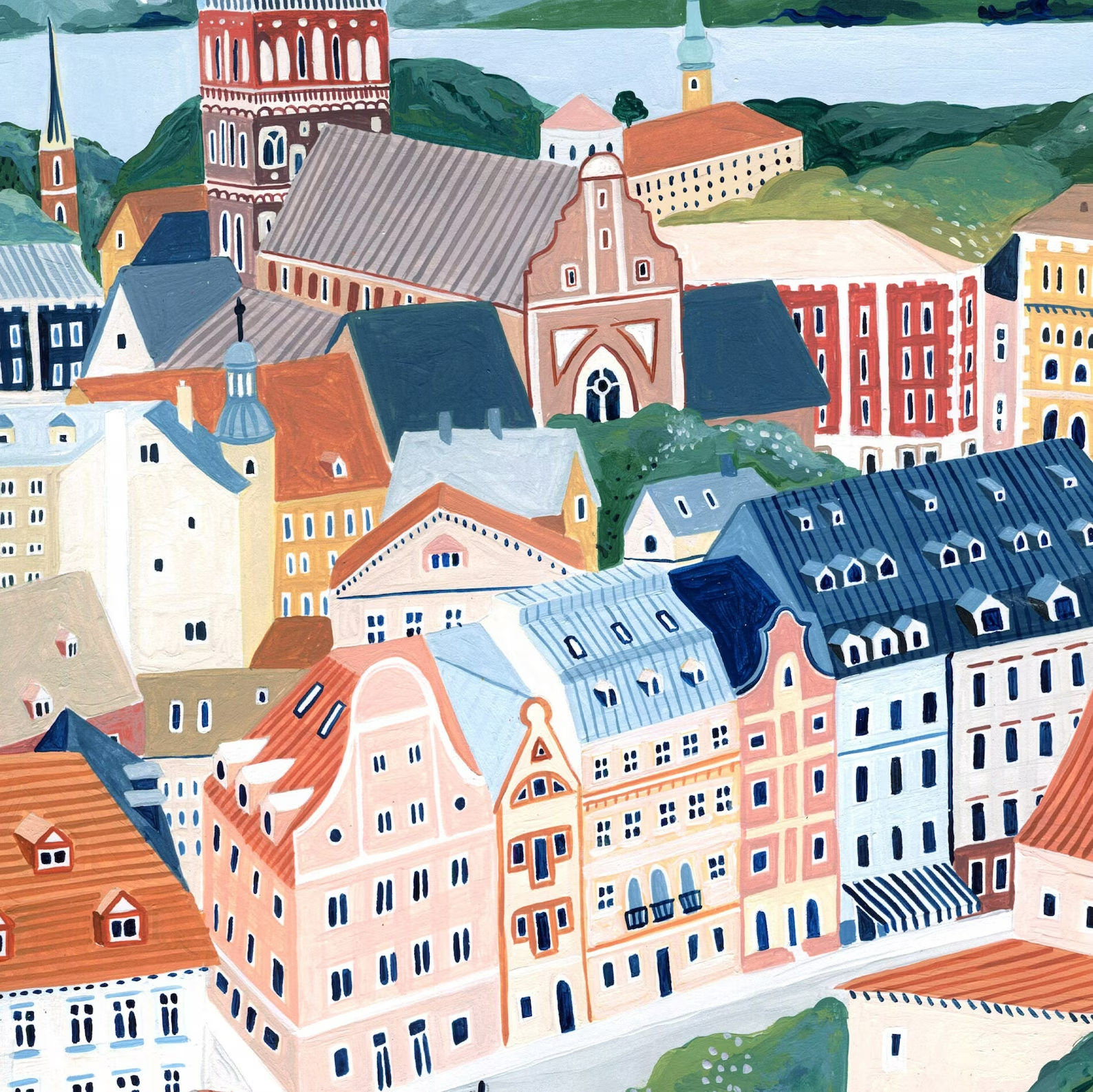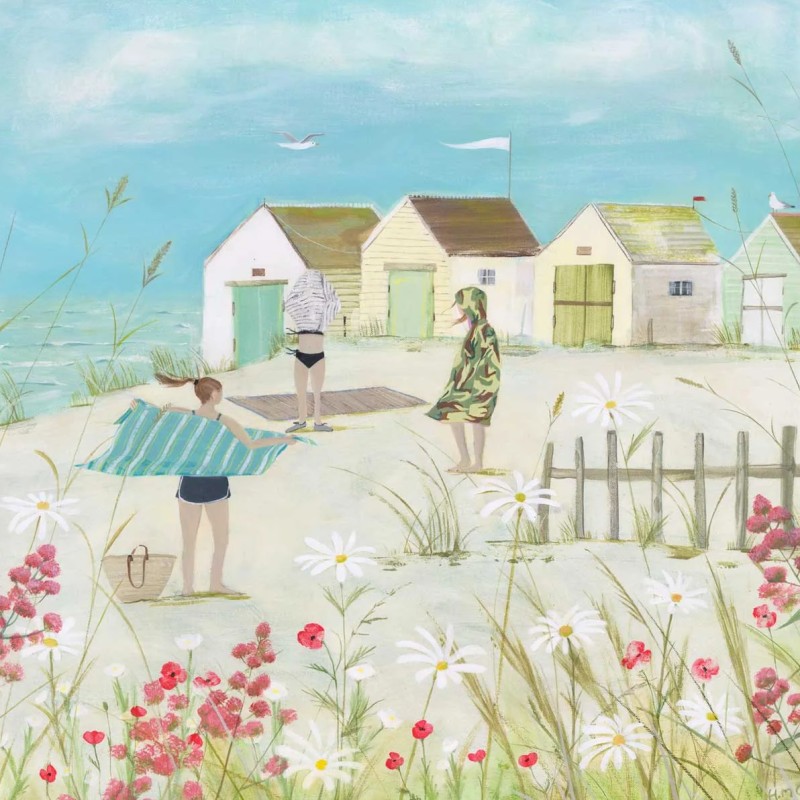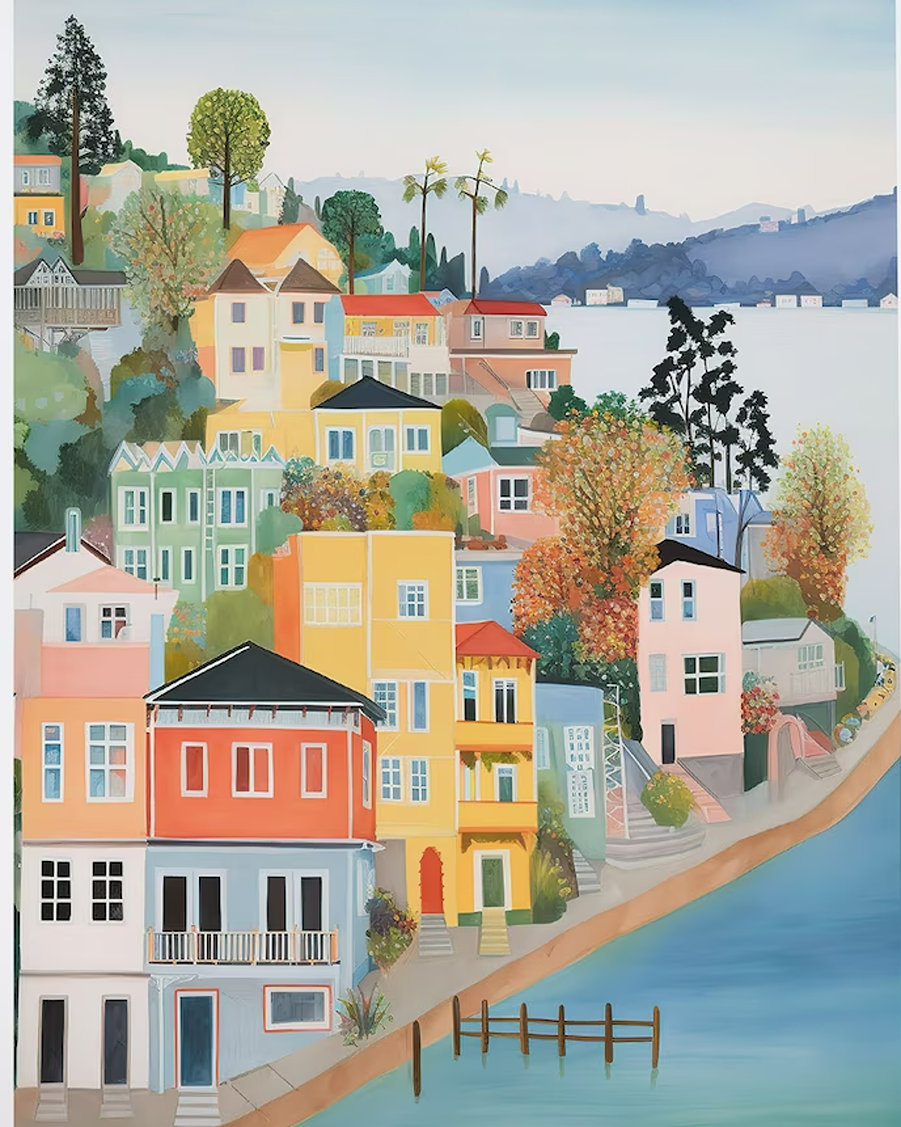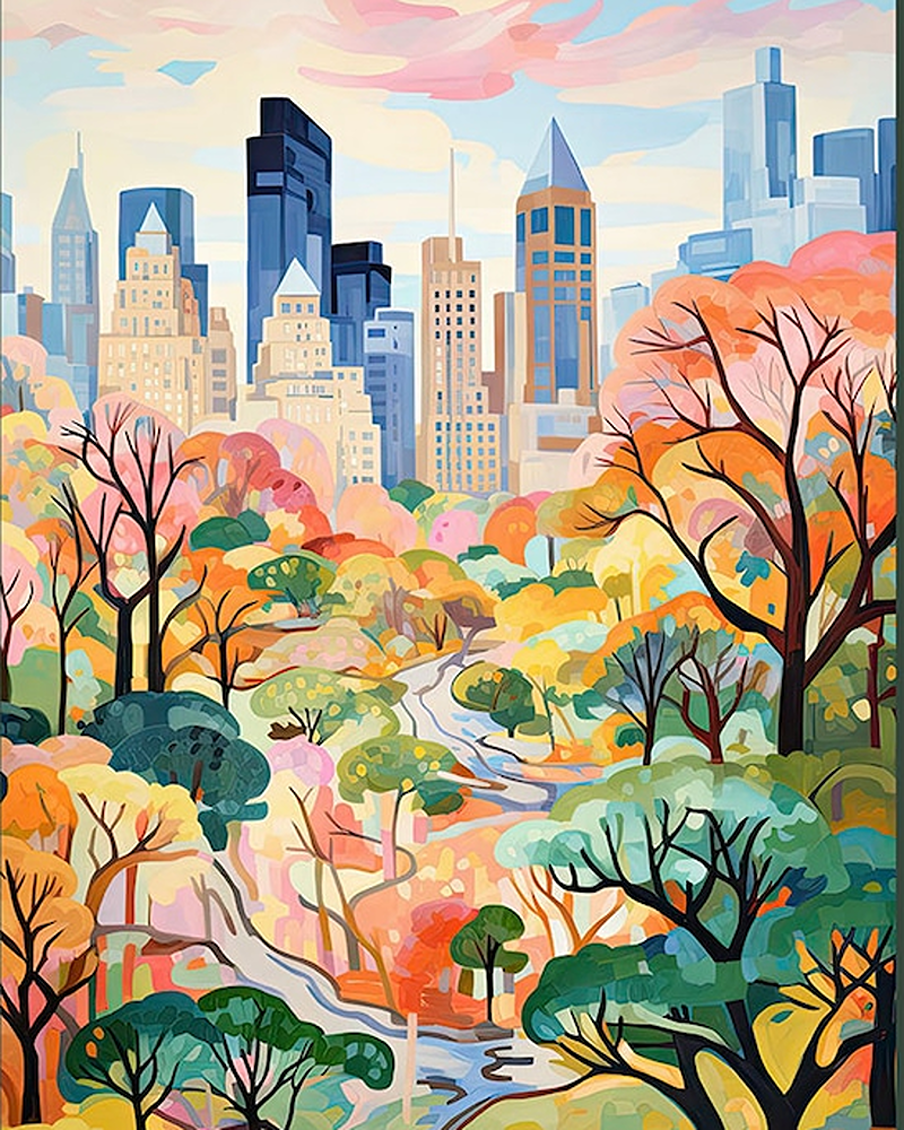
Millions of animals cross ancient pathways in search of food, water, safety and mates – but alas many now have motorways running through them. So engineers and designers have created inventive ways to prevent roadkill, which also saves money for councils, in not having to deal with the aftermath of vehicle collisions with native wildlife.
Road ecology has been around for quite a few years, and is particularly popular in The Netherlands, where most creatures can find a tunnel or escape of some kind, to safely make their way to wherever they are going. Building safe crossings is not a simple thing to do, as we need to know and adapt to migration routes of wild creatures. In England, the main creatures killed by road traffic are hedgehogs, frogs, badgers, deer and pheasants (overbred for the hunting industry and due to no road sense, are 13 times more likely to die on roads than other birds). Pheasant/vehicle accidents involve 7% of all roadkill and contribute to human deaths and serious injury (source: Cardiff and Exeter universities).
For instance, most highways in the US are built in the opposite direction to how animals migrate – they are never going to change their natural routes, so it makes sense to build new roads to adapt, then include tunnels and overpasses (often planted with vegetation to provide food and shelter, and to blend into the landscape naturally).
take care when driving near wildlife
The easiest way to help is to not throw litter out your car window, as it attracts scavengers who then get killed by eating creatures killed who ate tossed litter). If you eat crisps in your car, invest in a car trash bag. This fits nicely above the headrest, to keep litter safe until you get home. One farmer had a wonderful idea of fast food restaurants printing registration numbers on receipts. Then if customers throw litter out the window, when it’s picked up they get fined in the post, just like for speeding.
Obviously driving safely near wildlife helps: use full beam at night, then turn to dipped lights if you see wildlife, to avoid them freezing. Keep your vehicle in good working condition so the lights, brakes and windscreen are good, and stash a simple wildlife rescue kit in your boot (a box with holes, thick towel with no tassles and a pair of thick gloves). Keep the number of your local wildlife rescue on your phone, if you need help.
Ultimately, keeping wildlife safer on roads is about less cars on the road (so shopping local helps, as 25% of all road traffic is from lorries driving supermarket food from central distribution houses). And good town planning to create walkable communities. If you fancy a bit of volunteering to help, you can become a toad patroller by carrying toads (in buckets) across busy roads during migration, to safely reach the other side. Works a bit like a lollipop lady!
Hedgehog crossings are helping our spiky friends, now they have lost most of their natural hedgerow habitat. Most now rely on us creating little ‘holes’ in fenced gardens so they can roam up to 2 miles each night, when not hibernating (obviously this is not always possible for escapee pets like terriers) but for everyone else, it’s a good idea. The British Hedgehog Preservation Society has lots of info on how to help along with a telephone helpline, staffed by experts.
the concerns of deer/vehicle collisions
The UK has almost 2 million wild deer, and this causes huge issues, with around 75,000 accidents each year, countless deer fatalities and around 20 human deaths, plus lots of damage and insurance claims.
Experts say ‘deer whistles’ don’t usually work. The best way to help is to follow safe driving advice as above (take special care around dawn/dusk and during autumn rutting season – if you see one deer, there are others).
Report traffic accidents at Deer Aware (also for wild boar) so they know hotspots to launch awareness campaigns. Councils and volunteers can download free posters to warn of ‘deer about’. Councils can help prevent deer getting stuck in railings by not ‘planting things in them’ like flowers (which deer eat).
If your vehicle hits a deer, call the police and RSPCA. The latter will come out but as an overwhelmed charity, trained marksmen often can humanely shoot injured deer sooner, to prevent suffering.
books that profile wildlife crossings

Wildlife Crossings is another illustrated guide to show how wildlife crossings are helping creatures often killed by wildlife crossings, covering the science of road ecology‘, tracking the journeys of seven animals across the world including:
Elephant crossings in India. As you know, elephants travel in large herds (sometimes in their hundreds) led by the matriarch in order to find food and water. Unfortunately this means they often venture into villages and trample crops, and some tragically have been killed. One way to help is to buy elephant dung photo albums (a blend of recycled paper and dung collected by villagers, who earn income to live in harmony with our gentle giant friends).
The book also covers Banff wildlife corridor, one of the first and the ‘gold standard’ designed on Canada’s longest road. Hundreds of thousands of creatures (from tiny insects to wolves, moose, elk and grizzly bears) now use the crossing each year. The bridge is not open to the public (just used by staff) to prevent creatures getting spooked by the smell of humans.
Other wildlife crossings in the book covered include:
- Fish ladders in Germany
- ‘Spoonie’ (a rare bird) flyways in Asia
- Gibbon canopy bridges in China
- Cougar crossings in the USA
Wildlife Crossing: Giving Animals the Right of Way asks ‘what happens when the needs of people and nature collide?’ We now have 13 million miles of roads in the world which has led to habitat loss and roadkill, impeding migration routes and isolating wildlife populations. Wildlife overpasses can reconnect landscapes and create environmental harmony, along with keeping wildlife safe from garbage, light, noise and airbone contaminants.
Wildlife Crossings of Hope is a book designed for children, but interesting enough for adults, as most of us are not that familiar with how wildlife crossings work, and where they are used. This uplifting book looks at how wildlife bridges and green corridors are helping creatures to move more freely through our shared world. From canopy bridges for monkeys in India to an elephant underpass in Kenya, the book also looks at the world’s largest wildlife bridge near Los Angeles, USA.
Crossings is a book on how road ecology is shaping the future of our planet. Ben Goldfarb delves into solutions to help animals from antelope to salmon in this book of innovative solutions. He meets conservationists who are building bridges for mountain lions, tunnels for toads and engineers who are deconstructing logging roads and volunteers working to undo the havoc that highways have wreaked upon cities.
how The Netherlands reduced roadkill
Like England, The Netherlands is pretty overcrowded in terms of square population, so it’s a good comparison on what we could do here. Not so long ago, 25% of all its roe deer were being killed by vehicles on the road, along with (like here) a good portion of its badgers and other wildlife.
So the country built Europe’s longest wildlife crossing (Zanderij Crailoo Nature Bridge) which is a 0.5 mile long overpass that stretches from open land to a forest, keeping creatures safe from traffic. This tiny country has been building wildlife crossings for decades, and already has hundreds in place. Apparently the UK has just 2 wildlife crossings in place. This is abysmal, considering we are a nation that adores our native wildlife.
In Cheshire, a wildlife bridge has been built near the new A556 road. Contractors have even built nine habitats for great crested newts, boxes for barn owls, a manmade sett for badgers, 21 ponds for amphibians and replacement bat roosts – along with 80 semi-mature trees and 60,000 saplings.
The irony is that one of the only wildlife crossings due to be built (near Brackley, Northamptonshire) is being designed by HS2 (projected to kill 22,000 wildlife per year once built based on comparisons with high-speed trains abroad) and already has decimated a lot of native wildlife (The Barn Owl Trust says this overpriced and unwanted project is a ‘very expensive way of killing owls’).






